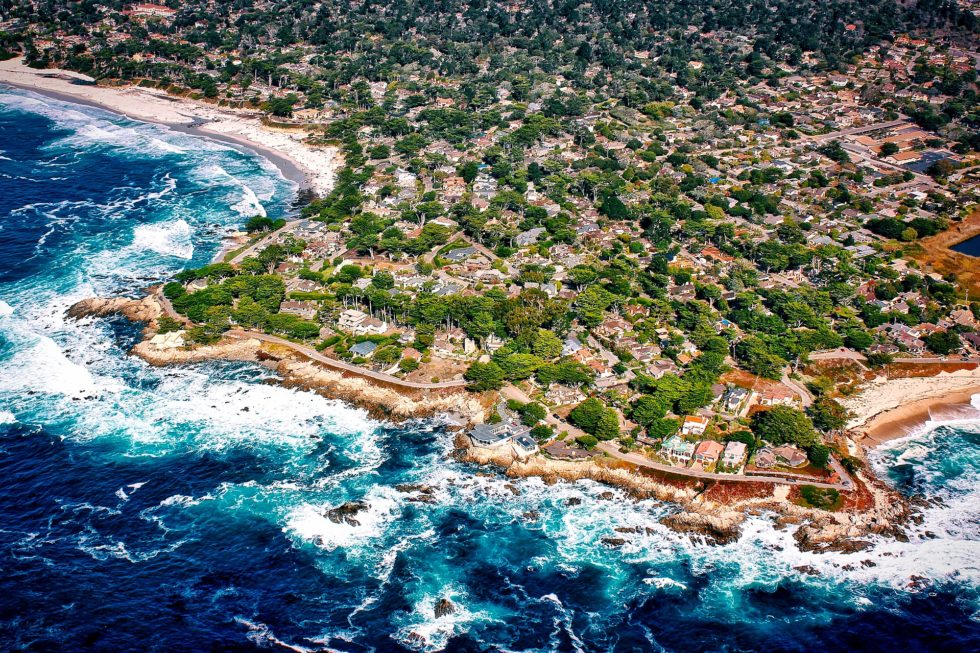chevron_left Back to News updates
4 January 2021
Video series: Adapting to climate change and enhancing resilience






When we see weather-related disasters on the news, climate change is often mentioned as the cause. But what is it? And why should we be concerned?
Climate change adaptation is when we respond to the anticipated impacts of climate change. But adaptation has a number of other additional benefits beyond reducing the impact of climate change.
Nature can provide the best defense against climate change, including drought, heatwaves and rising sea-levels. It’s an affordable and long-term solution. By restoring and protecting nature, we can not only safeguard biodiversity, but also adapt to the effects of climate change.
At the Paris climate conference in December 2015, 195 countries reached agreement and created the first truly global agreement to control greenhouse gas emissions and confront the impacts of climate change. Countries agreed to limit global warming to well below 2 preferable 1.5C compared to pre-industrial levels. This requires economic and social transformation to face the climate challenges now and moving into the future, based on the best available science.
Climate change adaptation planning helps local governments enhance their resilience to the impacts of climate change. Planning can be broken down into three steps – developing a risk and vulnerability, assessment, or R&VA, setting an adaptation goal and developing a climate change adaptation action plan.


